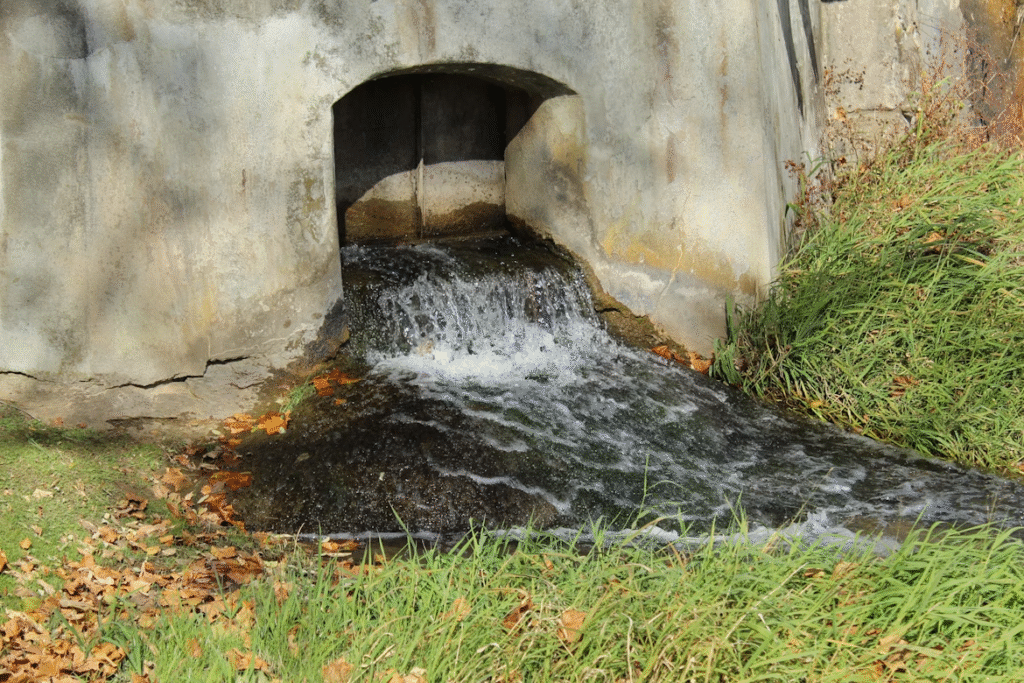Wastewater systems play an important role in managing our water supply and sanitation. As infrastructure ages, its efficiency can decline, leading to significant problems. A well-functioning system ensures proper drainage and prevents health hazards. In this article, we will discuss six signs indicating that a wastewater system may require an upgrade to maintain its effectiveness and safety.
Frequent Blockages
One of the most obvious indicators of a failing wastewater system is frequent blockages. Homeowners may notice repeated clogs affecting toilets, sinks, and showers. These blockages can stem from various issues, such as tree roots invading pipes, the buildup of grease, or even broken pipes. When left unaddressed, they can lead to overflow incidents and untreated wastewater reaching the environment.
For those experiencing consistent drainage problems, it’s advisable to consult with a professional. They can conduct a thorough inspection to determine the root causes and recommend suitable solutions. Relying solely on DIY methods may only provide temporary relief. When problems persist, upgrading the system components might be necessary to create a more reliable flow and minimize future inconveniences.
Increased Utility Bills
Escalating utility costs can be a red flag, hinting at inefficiencies in a wastewater system. Such increases may arise from leaks, where raw sewage escapes the system and reduces its operational effectiveness. If monthly water and sewage bills spike unexpectedly, checking for system-related leaks is very important. The reason why sump pumps matter is that they help manage water accumulation effectively. Property owners can manage utility expenses by making sure these pumps drain water effectively and reducing extra moisture.
Frequent inspections can alleviate concerns about financial waste while ensuring systems operate at optimal levels. Enhanced water management through upgraded technologies can lead to sustainable savings in the long run.
Unpleasant Odors
Another common symptom indicating potential issues within a wastewater system is the presence of unpleasant odors. Foul smells emanating from drains or areas surrounding the septic tank can signal severe structural or functional problems. Organic material trapped in malfunctioning pipes could produce these odors, indicating decay and possible contamination. Addressing these smells is crucial for both hygiene and quality of life.
If odors persist despite normal maintenance practices, it may be time for an upgrade. Investigations may reveal issues like damaged vents or improperly installed systems that require immediate attention. Upgrading components that aid in odor elimination can greatly enhance air quality both indoors and outdoors.
Slow Drainage
Experiencing slow drainage in sinks, tubs, or showers can indicate serious underlying issues within the wastewater system. While occasional slow drainage can result from minor blockages, consistent problems may suggest a more significant issue, such as clogged pipes or a failing septic system.
Slow drainage can eventually lead to critical system failures. Taking action when drainage issues arise prevents larger, costly repairs down the line. Consulting with a specialist may reveal necessary upgrades to ensure the system operates smoothly. Enhanced drainage solutions can provide long-term benefits, ensuring reliable and efficient wastewater management.
Water Backups
Water backups are alarming situations that should never be ignored. They typically occur when the wastewater system cannot handle the volume of waste, leading to sewage-filled spaces. This situation presents health risks and causes property damage.
Even minor backups should prompt an immediate assessment of the wastewater system. Professional help can identify the reason behind the backup, whether it’s aging infrastructure, root infiltration, or inadequate system capacity. Upgrading to larger pipes or a better-designed wastewater management system can prevent these hazardous scenarios in the future.
Installing backwater valves is another effective measure to stop sewage from re-entering your home during heavy rains or system overloads. Regular maintenance, such as clearing out debris and inspecting lines, helps catch issues early before they escalate. Homeowners should avoid flushing non-biodegradable items, which commonly contribute to blockages.
Age of the System
Finally, the age of a wastewater system is a significant factor determining whether it needs an upgrade. Older systems, especially those installed several decades ago, often lack modern technology and efficiency. Materials used in older systems may deteriorate and lead to issues, such as leaks or collapse. Regular evaluations of older systems can help detect early signs of trouble.
Replacing outdated technology with contemporary solutions ensures reliability and longevity. Embracing modern systems brings improved resource management and environmental protection. An upgrade to a new system improves water quality management while promoting safety. In the evolving landscape of our environment and water management practices, being proactive about wastewater system maintenance and upgrades is crucial.
If any of the signs discussed occur, it is wise to engage professionals to assess and recommend improvements. Taking these steps can lead to an efficient, safe, and environmentally sound wastewater management system.






